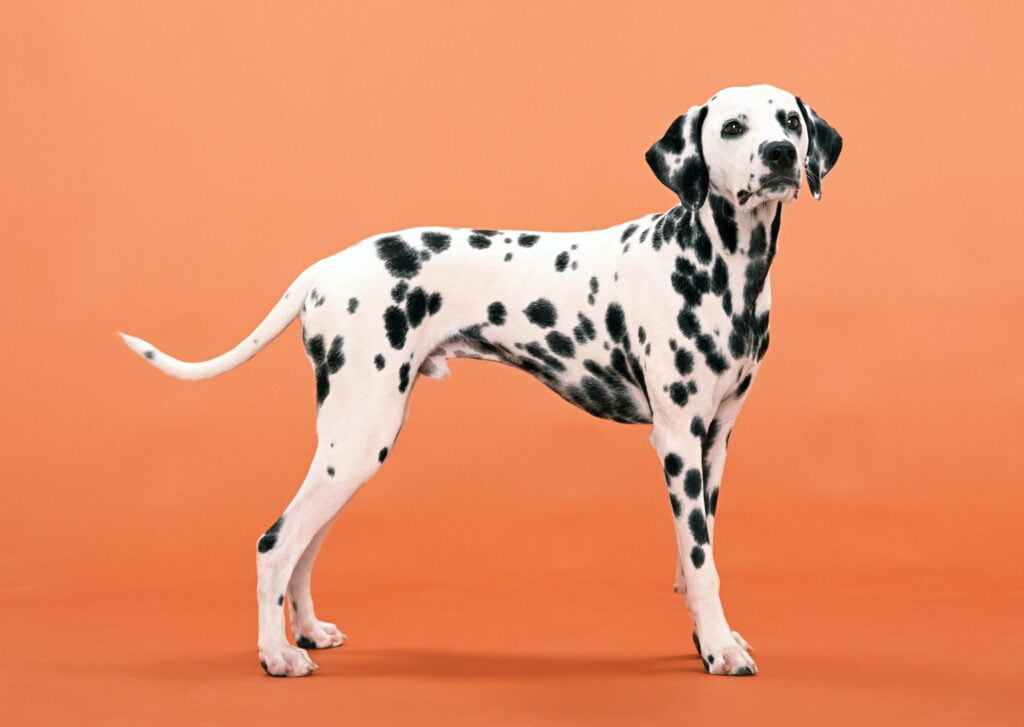
The AKC non-sporting group is a fascinating melting pot of dog breeds, each with unique characteristics, appearances, and temperaments. This diverse group includes breeds that don’t fit neatly into the other AKC classifications due to the vast differences in their functions and ancestral roles. From the statuesque Dalmatian, historically a carriage dog, to the ancient, lion-maned Chow Chow, and the delightfully curly-coated Bichon Frise, the non-sporting group is truly eclectic. While the breeds in this category may not share a common job or purpose, what they do share is their adaptability to modern life and an ability to form close bonds with their human families, making them exceptional companions for various lifestyles.
Non-Sporting Group List
| Breed | Image | Origin | Life Expectancy | Size |
|---|---|---|---|---|
| French Bulldog |  | France | 10-12 yrs | Medium |
| Standard Poodle |  | France | 10-18 yrs | Large |
| Bulldog |  | England | 8-10 yrs | Medium |
| Boston Terrier | 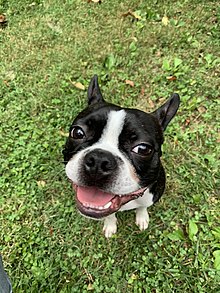 | United States | 11-13 yrs | Small |
| Shiba Inu |  | Japan | 13-16 yrs | Small |
| Bichon Frise |  | France | 14-15 yrs | Small |
| Dalmatian |  | Croatia | 11-13 yrs | Large |
| Chinese Shar-Pei | 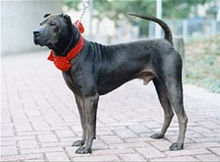 | China | 8-12 yrs | Medium |
| Coton De Tulear | 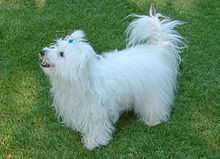 | Madagascar | 15-19 yrs | Toy |
| Lhasa Apso |  | Tibet | 12-15 yrs | Small |
| Keeshond | 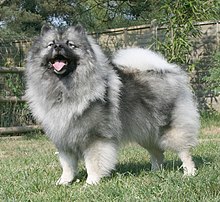 | Netherlands | 12-15 yrs | Medium |
| Chow Chow | 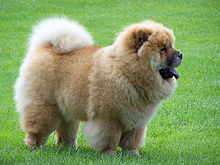 | China | 8-12 yrs | Large |
| Tibetan Terrier |  | Tibet | 15-16 yrs | Medium |
| Schipperke | 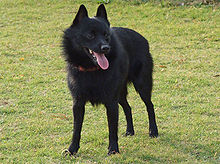 | Belgium | 12-14 yrs | Small |
| Xoloitzcuintli | 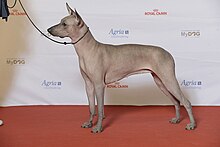 | Mexico | 13-18 yrs | Medium |
| American Eskimo Dog | 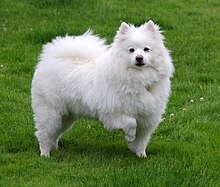 | United States | 13-15 yrs | Medium |
| Tibetan Spaniel |  | Tibet | 12-15 yrs | Toy |
| Lowchen |  | France and Germany | 15-15 yrs | Medium |
| Finnish Spitz |  | Finland | 13-15 yrs | Medium |
| Norwegian Lundehund | 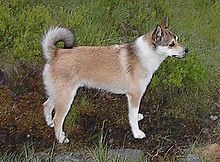 | Norway | 12-15 yrs | Medium |
Pros and Cons of Owning a Non-Sporting Dog
Pros:
- Variety of Options:
Non-sporting dogs come in a broad range of sizes, appearances, and temperaments. This diversity allows potential owners to choose a dog that aligns well with their lifestyle and preferences. - Adaptability:
Many non-sporting dogs are adaptable and can thrive in various living situations, from apartments to larger homes with yards. - Companionship:
Non-sporting dogs often make excellent companions. They are generally good-natured, loving, and form strong bonds with their families. - Unique Personalities:
Each breed within the non-sporting group brings a unique personality. From the playful nature of the Bulldog to the reserved and dignified demeanor of the Chow Chow, there’s a dog for various preferences.
Cons:
- Grooming Needs:
Some non-sporting dogs, like the Bichon Frise, require significant grooming. Their hair may require regular trimming, washing, and other forms of care. - Health Issues:
Certain breeds within this group might be prone to specific health issues. For example, Bulldogs often face respiratory problems due to their unique physical structure. - Training Challenges:
Non-sporting dogs range widely in temperament, and some can be more challenging to train. Consistency and patience might be necessary when training certain breeds in this group. - Exercise Needs:
Depending on the breed, the exercise needs of non-sporting dogs can vary significantly. Some might require substantial physical activity to remain healthy and happy, while others might be more sedentary.
More Resources
Remember to visit our resources page for our dog socialization checklist, book recommendations, and more.
